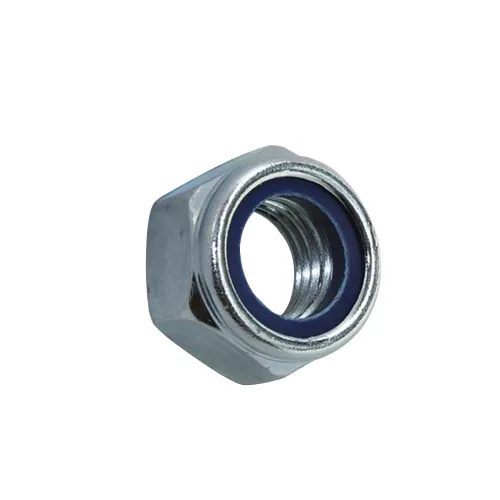What is the difference between a hex nut and a lock nut?
2024-09-29
Hex nuts are a basic fastener used to connect and fix mechanical parts; while locking nuts are a special type of nut, mainly used in situations where loosening needs to be prevented, and the reliability of fastening is improved by increasing friction or other mechanisms.

The main difference between Hex nuts and locking nuts lies in their use and function.
Hex nuts, also known as Hex nuts, are a common type of nut with a Hex shape. They are used in conjunction with screws, bolts, and screws, and mainly play the role of connecting and fastening mechanical parts. There are many types of Hex nuts, such as all-metal Hex nuts, non-metallic insert Hex nuts, etc., and their application occasions are wide, including but not limited to machinery, construction, electronics and other fields.
Locking nuts are a special type of nut, mainly used in situations where loosening needs to be prevented. The working principle of locking nuts is self-locking through the friction between the nut and the bolt, but the reliability of this self-locking will be reduced under dynamic loads, so some anti-loosening measures need to be taken to ensure the reliability of locking. The types of lock nuts include all-metal lock nuts, non-metal insert lock nuts, slotted lock nuts, etc. They increase the friction between threads in different ways to prevent loosening. Lock nuts are usually used in places that need to withstand vibration or impact, such as automobiles, airplanes, railways, etc.



